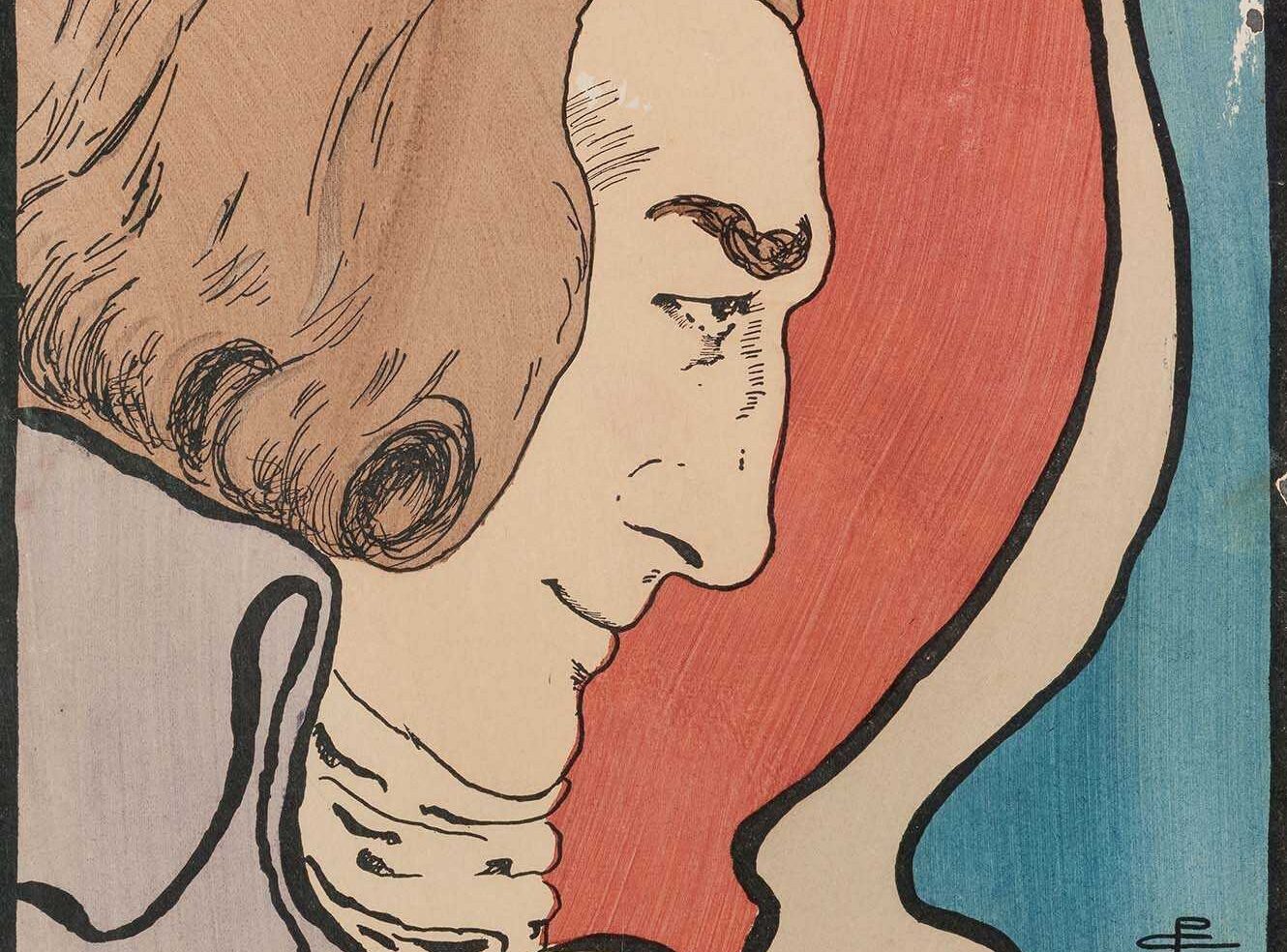Equal Pay for Equal Work
Through all the glitz and glam of the Oscars one part of the ceremony that has got everyone talking is Patricia Arquette’s acceptance speech for her Best Supporting Actress award. She received huge support in the theatre audience (as can be seen in the reactions of the likes of Meryl Streep and Jennifer Lopez) and created a stir on social media as she demanded equal rights for women: “To every woman who gave birth, to every taxpayer and citizen of this nation, we have fought for everybody else’s equal rights. It’s time to have wage equality once and for all. And equal rights for women in the United States of America.”
In watching the video I couldn’t help but be reminded of an image from the Popular Culture in Britain and America, 1950–1975:

Photograph of woman protesting for equal pay © The People's History Museum. Further reproduction prohibited without permission.
The image from an Equal Pay demonstration in London in 1952 was not by any means the first call for equality for women and goes to show what a long standing issue this has been throughout history and across different geographical locations. It is a reminder that despite huge developments in women’s rights the pay gap is something that is still necessary to fight for and has been since before this 1950s image and remains relevant even in lavish present day Hollywood.

Recent figures from the Office of National Statistics have shown that the gender pay gap is shrinking but there is still a marked difference, with full-time wages for men averaging out at 9.4% more than women’s in 2014. As ever it is fascinating and poignant to look back and see how relevant the primary source documents in our collections are today.
These images form part of a collection of Women's Rights and Equality photographs in Popular Culture in Britain and America, 1950–1975, available to authenticated academic institutions who have purchased a licence.
Recent posts

Foreign Office, Consulate and Legation Files, China: 1830-1939 contains a huge variety of material touching on life in China through the eyes of the British representatives stationed there. Nick Jackson, Senior Editor at AM, looks at an example from this wealth of content, one diplomat’s exploration of Chinese family relationships and how this narrative presented them to a British audience.

The Nineteenth Century Stage is a rich resource exploring the theatrical celebrities, artistry, and changing social roles of the era. It highlights Pamela Colman Smith, known for her Rider-Waite tarot illustrations and theatre work, whose influence shaped Victorian theatre. Despite being overlooked, her life and impact are vividly captured through striking art and intimate collections within this valuable resource.
